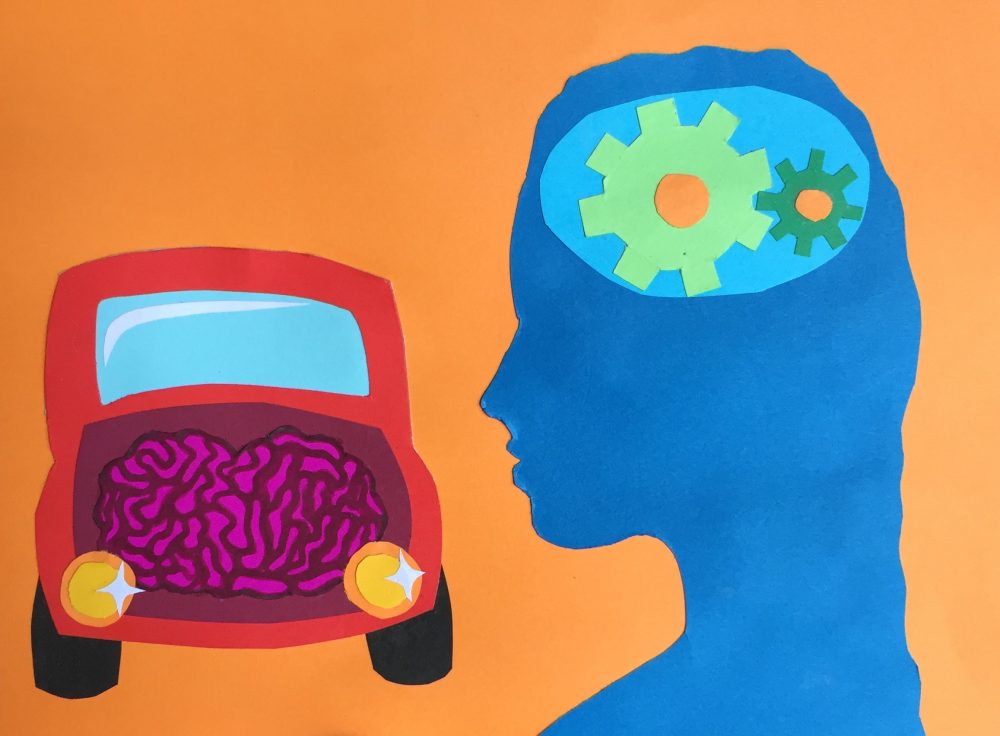We have all heard the hysteria surrounding the rise of artificial intelligence and its links to the rapid growth in automation throughout industries worldwide. ‘Officeless’ companies, ‘robo-technology’ and ‘automation apocalypse’ are the new buzzwords, designed to increase panic and characterise the future as bleak and humanless. However, let’s look past these umbrella concepts and try and analyse how this rise in artificial intelligence can help or hinder us into the future.
We all know what is happening to the manufacturing industry in Australia. Thriving car manufacturers have permanently closed their doors and jobs have been lost due to the inability of companies to reconcile the costs of human labour with the efficiency and relative cheap nature of technology and robotics. Does this trend, however, foreshadow a new wave in robotics sweeping through all industries in the world?
The answer is that it most certainly does. Tasks that used to take place with pen and paper and hours of copying, transcribing or simply writing have been made redundant by computer systems that can fill in data, understand and transcribe speech and send information to the other side of the world in moments. Statistics reveal that 47% of all current employment opportunities globally will be occupied by machines within the next two decades. It seems like a scary proposition for us students who still sit exams with paper and ink, but perhaps it doesn’t have to be.
These concerns are not sudden, nor are they rare. In the 1930’s such a crisis was faced in the Great Depression when John Maynard Keynes postulated his ‘technological unemployment’ theory. In general, automation affects employment in two opposing ways:
- Negatively – by directly displacing workers from tasks they were previously performing (displacement effect)
- Positively – by increasing the demand for labour in other industries or jobs that arise due to automation (productivity effect)
If technology really did create mass unemployment and destroyed jobs, there would be no work for anyone, anywhere. We are in the middle of a multi-decade technological boom that is unparalleled in history. From touch screen smartphones, literally controlled by artificial intelligence, to the redundancy of paper in legal contracts, or even the massive reduction of human customs officers at our airports, the world is changing every hour of every day. In the German region of Bavaria unemployment stands at 2.6%, which is an historic all time low in a region largely considered to be one of the most “technified” in the world.
One of our newest global enterprises – Amazon – offers an example of this phenomena. Over the last three years Amazon has steadily increased the number of robots working in its warehouses from 1,400 to 45,000. Over the same period, the rate at which it hires workers hasn’t changed – jobs have not been lost.
A handful of modern studies, specifically within the University of Chicago Press, has noted that there is often a positive correlation between new technology and increased employment – in manufacturing firms, and specifically in firms that adopted computers. Whether or not you believe this to be true, historically this trend is accurate. When William Lee invented a ‘knitting machine’, Queen Elizabeth I is said to have been scared for the hundreds of workers who would lose jobs. Fast forward a hundred years and more people than ever were taking part in a booming textiles industry thanks to these types of technological advancements. A scary initial proposition blossomed into an economic powerhouse that created more jobs than could have been imagined.
Economist Daniel Lacalle essentially offers this simplistic formula on why saving money on reducing human labour can benefit employment:
- It lowers prices, which makes products more appealing and creates an increased demand that may lead to the need for more workers.
- It will either generate more profit or pay higher wages. That may lead to increased investment or increased consumption, which can also lead to more production, and thus, more employment.
However, there are a few caveats to this optimistic analysis. Every big revolution comes with a cost. As these technological advancements continue, there is no sure answer to the potential minimisation of wages corresponding to the decreased needs for specialised skills. Of course, if you do not believe in the tipping point where humans will no longer be needed to advance technology, you may as well give into overwhelming despair and nihilism, but the fact is – there is more promise with this rise of technology than ever.
The Economist has reported, in conjunction with McKinsey Global Institute, that 25 years ago one third of all current jobs in the United States had not yet been invented. We may be training to design new motor engines, focus on agricultural laws or analysing economic algorithms today, but tomorrow, we may all be knee deep in uncovering new industries and technologies that will be invented by this rise in artificial intelligence. 100 years ago, no one could have imagined the scope of the computer and smartphone industry today. The same can be said with aviation, the motor industry or even the Internet.
The simple fact is that this change is scary. We are uncovering new areas of industry and yes, what we hope is for the short-term reduction of some jobs. But let’s rely on history to safely assume that even if a job our degrees may find us suitable for becomes redundant – new opportunities will make themselves known.
I choose to be an optimist about where we are in this world, because this change needs to be embraced, because even if the worst happens and we become redundant as a species, we will be left behind anyway.


